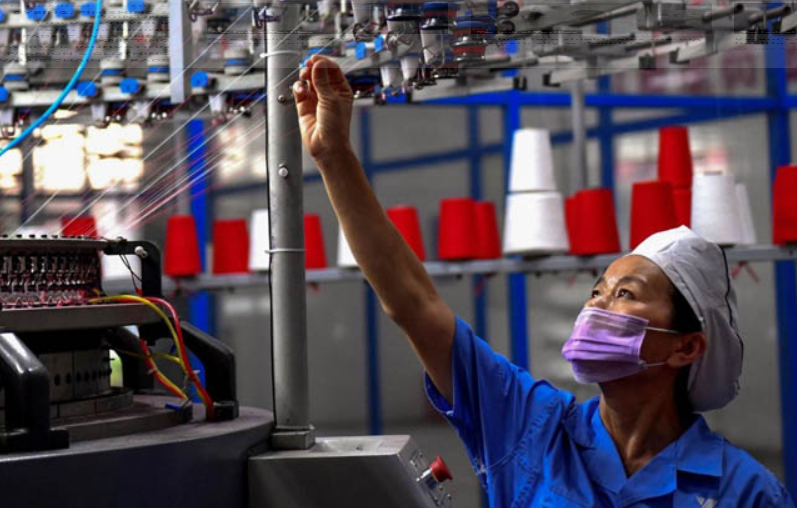Competitive taxes to make Vietnam manufacturing hub in SE
Vietnam is believed to have the most competitive commercial tax regimes and local supply chains to lure foreign investors.
Vietnam has become a major alternative manufacturing destination for businesses that want to diversity supply chain amid uncertainties caused by the global health crisis.
| Vietnam is poised to be one of the biggest manufacturing hubs. Photo: AFP |
Savills Vietnam has pointed two critical factors for the growing trend in which local developers are planning more industrial parks to capture this increasing foreign investment and further ramp up appeal.
The first factor is competitive commercial tax regimes. There are corporate income tax (CIT) incentives, fixed asset import duty exemptions, and exempted land rental fees. Notable incentives include zero profit tax for the first two years (usually 20%), followed by a 50% reduction for the next four years.
The government provides even more preferential CIT incentives for strategically prioritized industries, such as those in Industry 4.0 and hi-tech manufacturing. Projects in special economic zones (SEZ) or in socio-economically challenged regions; and large scale projects that meet minimum requirements for investment capital, revenue, and headcount.
Projects qualifying for any of the above will have a 10% CIT rate for 15 years, four years CIT exemption; and a -50% tax reduction for the next nine years.
Vietnam is also one of the most cost-efficient markets for industrial building costs, according to Turner & Townsend’s 2019 Construction Costs Survey. In Ho Chi Minh City, the average construction cost of basic factory and warehousing is US$352/m2 while factory units and larger distribution centers cost US$412/m2; and hi-tech factories US$618/m2.
Ms. Hoang Nguyet Minh, Associate Director of Investment of Savills Hanoi, said Vietnam is clearly benefiting. Developing fresh industrial real estate is a smart long term play, especially considering the clear advantages Vietnam offers from trade agreements, tax regimes, and low labor costs. Adding further appeal is the ongoing national infrastructure development which is now ranked second in ASEAN after Indonesia.”
The second reason is that Vietnam possibly secures immediate gains and the longer term strategic benefits of diversifying and developing local supply chains in the context that multinationals, including those in electronics industry, are under mounting cost-cutting pressure to offset pandemic induced revenue disruption
Historically wage inflation tends to happen after a global crisis abates. Labor costs in China already being three times higher than in Vietnam will further prompt multinational manufacturers to consider relocating to more cost effective Southeast Asian markets.
During the first outbreak, several multinational manufacturers announced expansions or planned relocations to Vietnam, such as Apple Computers suppliers Pegatron, and Foxconn from Taiwan; Sharp, Nintendo, and Komatsu from Japan; and Lenovo from Hong Kong.
The majority produce medical equipment, semiconductors, mobile phones and spare parts, and air conditioners. The Japan External Trade Organization (JETRO) confirmed these moves were encouraged to improve supply chain efficiencies, plug gaps caused by pandemic effects, while strengthening economic and industrial ties with ASEAN.
Local manufacturing salaries of US$252/month remained regionally competitive, after rising from US$237/month in 2018. By comparison, China manufacturing salaries are US$968/month and those in Malaysia are US$766/month.
Savills Vietnam argued that while labor costs do not drive sustainable industrial growth, they remain important for lower value-add industries such as textiles and furniture. However, as Vietnam turns its manufacturing focus to higher value-add industries such as high-tech or supporting high-tech manufacturing, these companies may be forced to relocate elsewhere in Southeast Asia. While the transition to higher value industries continues, focus will switch from labor force to quality of labor.
To effectively accommodate higher-value projects, it is essential to continue investing in education, notably IT, mathematics, and the sciences. This issue has been recognized with the government committing to create a national skills development plan as part of FDI Strategic Recommendations from 2020 to 2030.












